.png)
How Much does Fashion Week Prep cost for a Designer
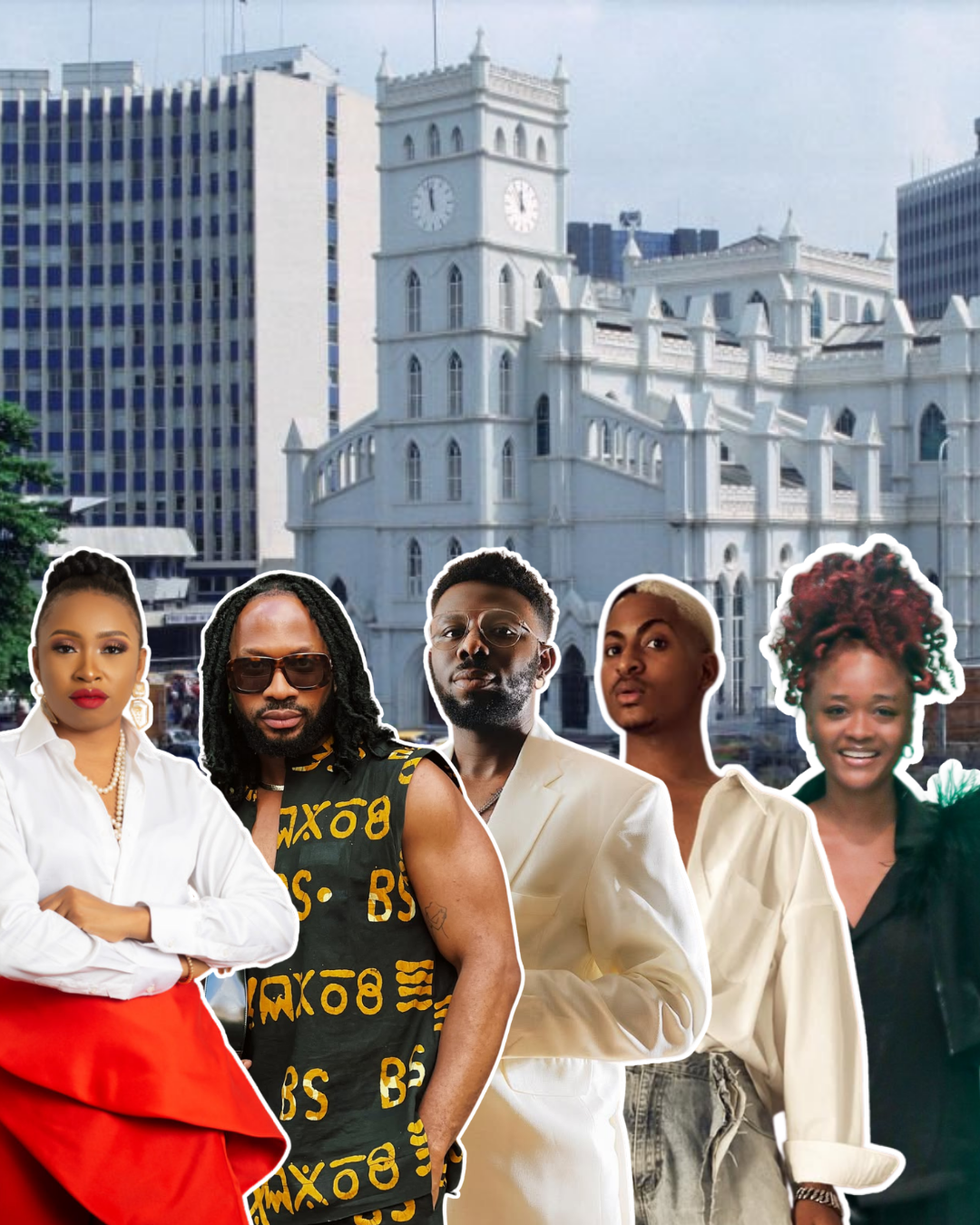
We cannot begin any discussion of the most idealised aspect of the fashion business without discussing the economics that drive it. Fashion makes sense in theory; clothing is an essential need, but also a medium of expression and actualisation. We dress because we need to, but we wear fashion because it is the most intuitive manifestation of culture; an effective way to telegraph status, express ideological affiliations and subvert or uphold the status quo.
The intimate relationship between garment makers and customers, and the individualised sartorial expression that resulted from it, has endured through the many evolutions of the fashion industry, and inspiring design labels to codify sartorial expression through house codes & design language.
Each generation of designers have refined this process, mirroring or subverting popular culture, expanding their influence as technology and mass media allowed them to reach across geographical barriers to influence the world. It is in the aftermath of this exchange of ideas and design language that we situate the emergence of African fashion weeks, the impact they have on the export of fashion from the continent, and the economics of participating in the global fashion industry.

There are a lot of misconceptions around the business of fashion. Observers outside of the fashion ecosystem do not understand that the business as it currently exists, is a capital intensive, high-risk, low rewards gamble. The fashion industry runs on a structural foundation of production, marketing & advertising and administration, before any revenue is generated through retail of products and merchandising of brand equity. These costs are front-loaded, with design labels investing capital into all these activities with the hopes that they are able to create compelling enough brand story backed by high quality product that generate demand for the end product, which is clothing and accessories.
Fashion is unfortunately a business of image and branding and few marketing tools are as potent as runway shows. They started in the late 1800s, serving the dual function of communicating a brand’s aesthetic vision as a cohesive brand story and instructing its potential customer on how to incorporate the product into their lives. From the earliest fashion presentations of the early 1900s to the glitzy Victoria Secret style runway shows of the 2000s, each iteration of this essential component of fashion at scale seeks to either engage the zeitgeist or define it.
This obsession with the zeitgeist has spurred the evolution of the runway show from simple promenades to ‘fashiontainment’, a subset of fashion marketing that borrows elements from media entertainment to transform traditional runway shows into buzzy spectacles that generate generate media attention and consumer interest through set design, videography, music and special effects.
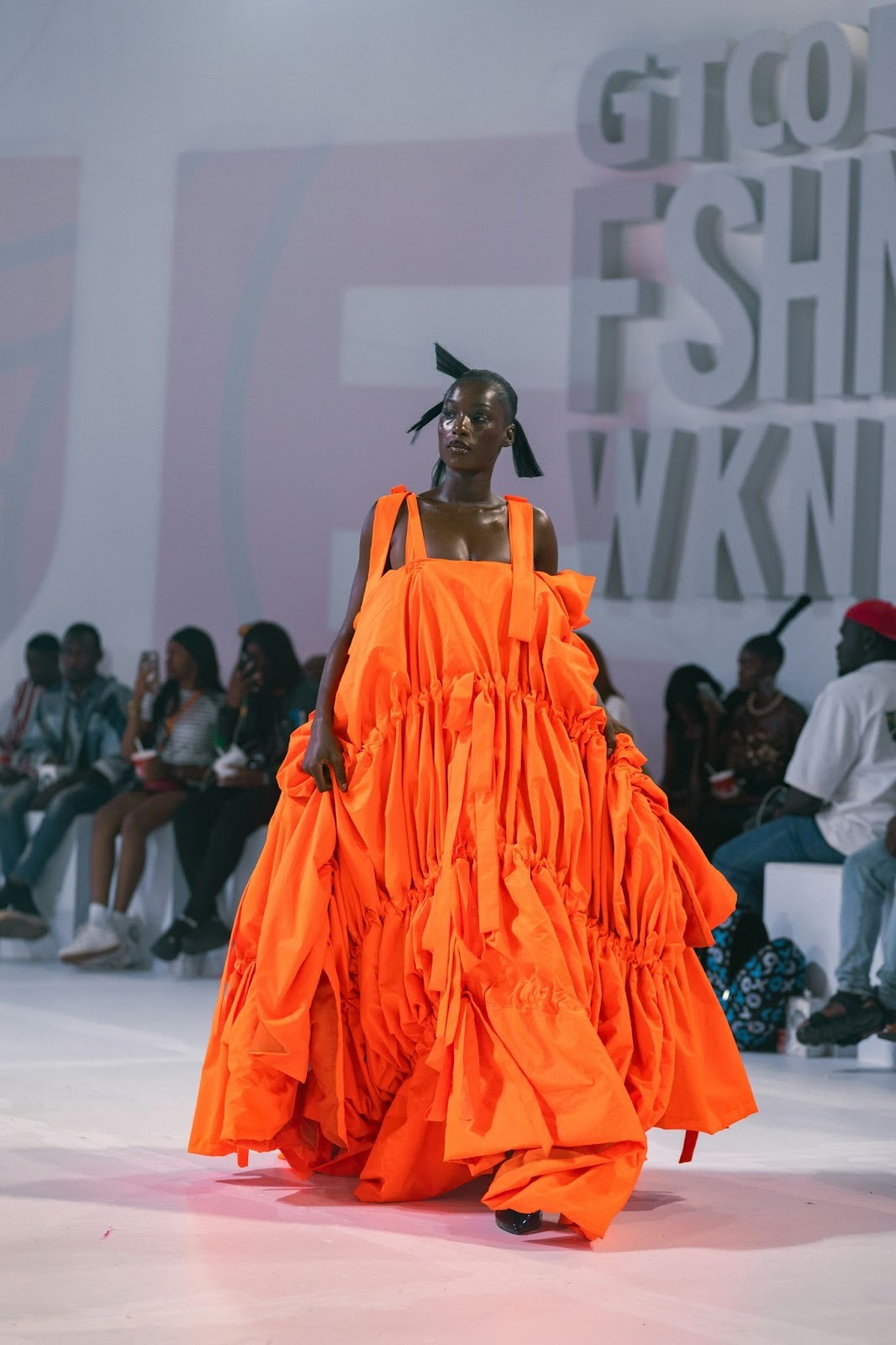
Runway shows serve a particular function: they allow the designers to present’ an idealised version of their brands, encapsulating the fantasy of the collection through movement and carefully orchestrated staging. Each element of a fashion show: hair, makeup, accessories and styling are chosen to appeal to end consumer, who see themselves embodied on the runway through models. They are also an opportunity for fashion buyers and tastemakers to understand the designer’s ethos can be sublimated into the real world through a label’s designs.

Photo by OLYMPIA DE MAISMONT / AFP
Creating this fantasy is quite expensive, designers who want to organise a fashion runway presentation must shoulder costs like venue, lighting and sound, set design, logistics, model fees, glam teams (hair, makeup and grooming), artistic and creative direction. A single 10 - 15 minute presentation can run up to hundreds of thousands of dollars months before a single item is sold.
Unfortunately, this is a tool that favours brands with significant capital or structural access to funding, a perk that African businesses do not have. So African fashion labels invest a lot of their administrative resources towards balancing operational costs against potential revenue. As a way to circumvent this structural imbalance and provide much needed visibility to African brands, the African Fashion Week model has emerged.
It is a divergence from traditional international fashion weeks where design labels, irrespective of size and capacity are burdened with the costs of organising fashion presentations, Usually organised as a collective, non-profits like Nigeria’s Style House Files, underwrites the cost of producing the shows by seeking grants and sponsorships, and pooling resources such as models and glam squads for designers invited to showcase. Designers participate in fashion weeks because they benefit from the reduced costs and the maximised visibility as the allure of having multiple showcases at the same venue incentivises local and foreign press, fashion buyers and potential customers to attend the showcases, even though they relinquish some control over how their collections are presented and have to adhere to rules instituted by the organisers. Many see this as a fair trade off considering the costs of going it alone.
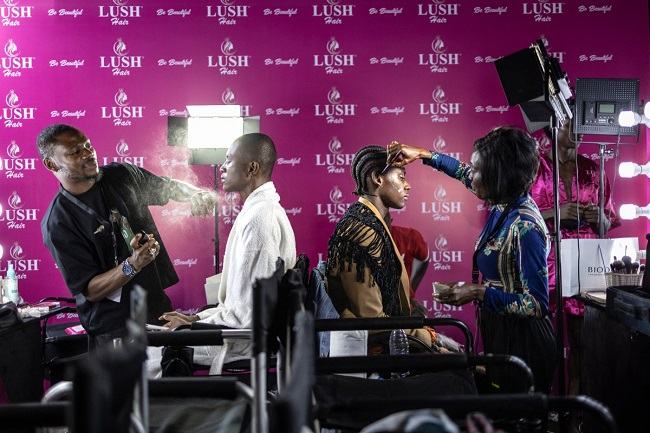
Photo by OLYMPIA DE MAISMONT / AFP
Designers who want more creative control over how their collections are presented either choose to stage a presentation outside of the official Lagos Fashion Week calendar or organise an ‘offsite’ show, which is still affiliated with the organising institution and promoted as part of the show schedule.
While Lagos Fashion Week might offset some costs of producing a showcase for designers, it is still a hefty obligation. These costs are determined by the designer’s choice to either participate in the show schedule or organise an off-site show. Designers are chosen using a set criteria, including incorporation of their businesses and at least a year’s worth of retail with a reputable retailer. So designers must already build some kind of revenue pipeline before they are considered to show.
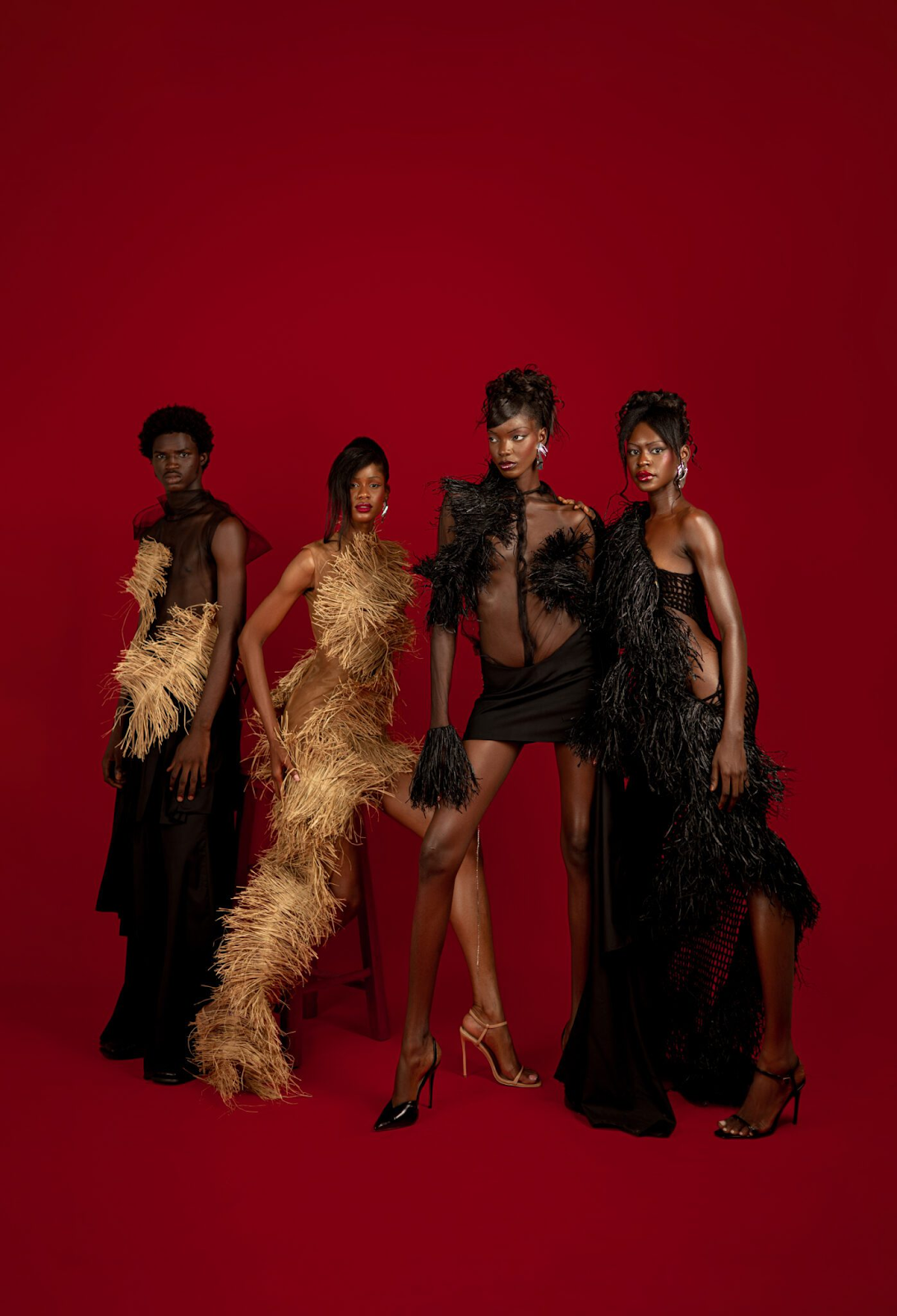
ODE TO GABO Collection, photo by Fruche
Designers must produce show ready collections, usually ranging from 10 - 60 looks, depending on the capacity of the organising institution. Designers have very little say in if they will be chosen or what time slot they get to show their collection in the showcase so production is a leap of faith. There is some opportunity cost negotiation that goes into this process, as designers must decide how much to invest in production, as a collection that is too slim might not communicate the brand’s potential to buyers, and a collection that is bloated might overwhelm fashion buyers or bore customers. There are also last minute alterations to consider. Production costs range between N1 - N10 million depending on the quality of materials used, sampling expenses and other miscellaneous production costs.
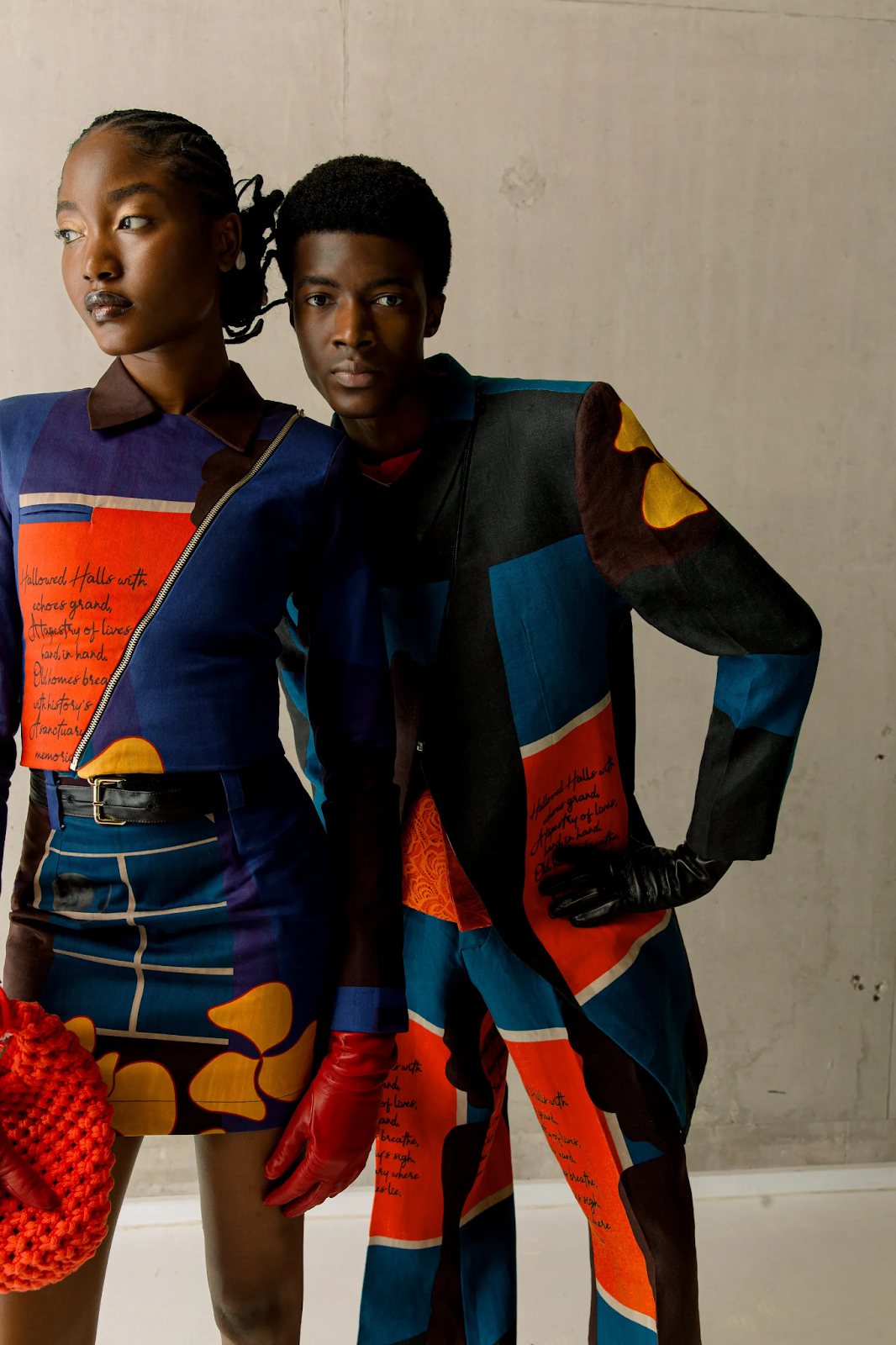
Orange Culture Lagos Spring 2025b Collection
After the items are produced, designers must then navigate logistical and administrative costs. There are at least one fitting and one rehearsal before the showcase and these pre-show events are compulsory. Other events include the Fashion Week press cocktail and the designer cocktail events which are optional but recommended for designers who want to network and position their brands before the show. The costs are cheaper for designers who live in the city where the showcase happens, but for designer coming from out of state, flights costs range from between N200,000 - N400,000 one way. Other costs include accommodation, feeding, which range from N50,000 - N300,000 a day depending on the designer’s taste levels. Designers require assistance during showcases as the mental load before the showcase can be intense. Some designers bring in assistants to help and others hire interns, which can run a ball park of between N20,000 - N200,000 per day depending on the skill level required.
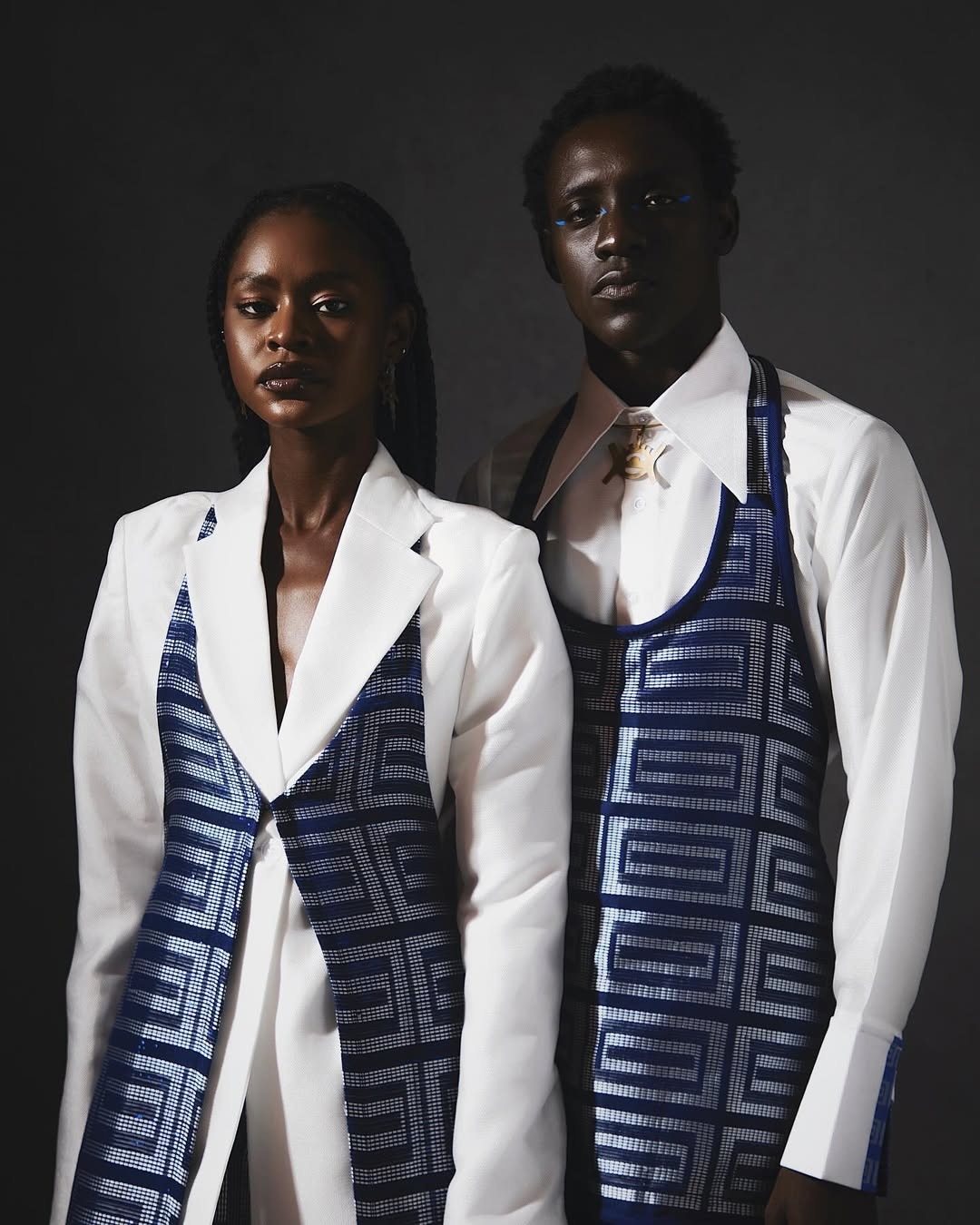
Fashion Week is a game of visibility so some designers choose to invest in marketing to amplify their showcase before their presentation. Digital marketing is the medium of choice here, and daily ads per platform range from $10 - $100 per day depending on the expected reach of the ads. There is some finagling that goes into this process because international marketing platforms are finicky about Nigerian cards, and most designer defer to virtual dollar cards to fund their advertising accounts. Others rely on relationships with influencers to promote their showcase, either offering reciprocal barter deals where influencers are dressed in exchange for promotion or pay outright for influencing. A ball park for influencer rates usually start from N100,000 for an Instagram or Tiktok post, or N1 million for a campaign.
For designers with high profile clients, there is also the added cost of tickets for the showcase. The goal for a designer is to secure their HNI clients with a coveted front row seat. Lagos Fashion Week reserves two to six front row seats depending on the influence of the design label, and so labels with more clients attending must settle for VIP seating, which are the second and third rows in the showcase tent. There is a black market for VIP tickets which are exclusively reserved for clients, with smaller brands with less influence recouping costs by selling their reserved seating to bigger brands. A VIP pass can go anywhere from N50,000 - N200,000 in these arrangements with both brands benefitting.

Kadiju’s Collection 007, ‘ROOTED IN JOY’
All of these investments, which can cost a designer anything from N2 million to N20 million are the toll required to play at the highest echelon of fashion marketing, vying for an audience that saturated with content and desperate for novelty. Some designers are choosing for-go runways all together for more innovative alternatives like digital photo books, virtual showcases that use AI and livestreams that beam direct to consumers. But irrespective of what direction a designer chooses, there is always a cost to visibility, a price to participate.
